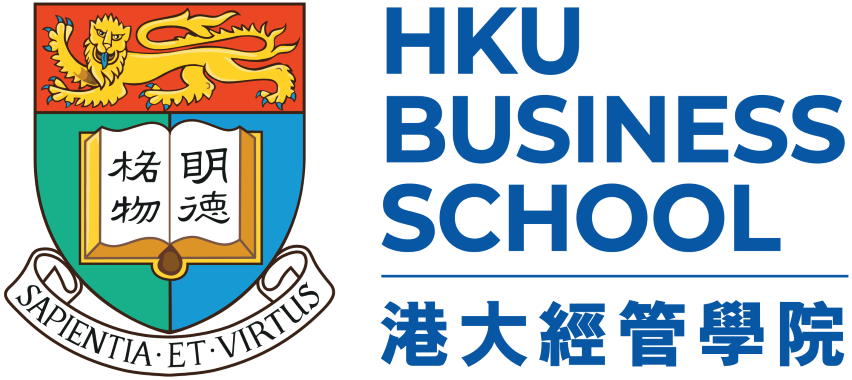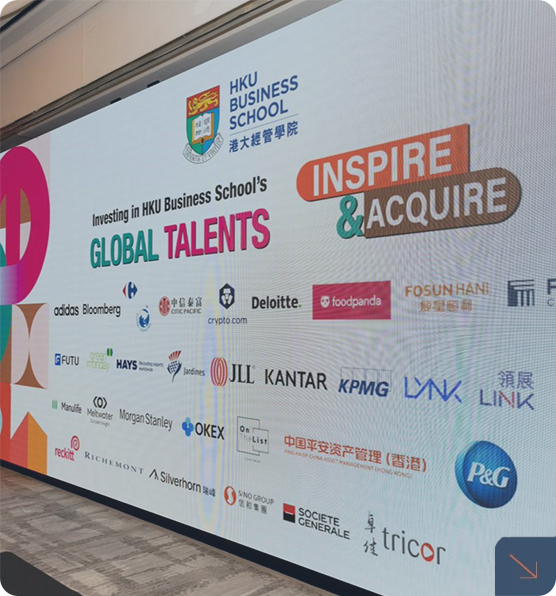Employee See, Employee Do. Or Employee Don’t? Unpacking When And Why Employees Mimic (Or Don’t) Coworkers’ Helping Behavior
SPEAKER
Ms.Young Eun Lee
Ph. D. Candidate in Organizational Behavior and Human Resource Management
Mays Business School
Texas A&M University
Miss Lee plans to present two studies :
Employee See, Employee Do. Or Employee Don’t? Unpacking When And Why Employees Mimic (Or Don’t) Coworkers’ Helping Behavior
ABSTRACT
The literature on helping behaviors has focused on the episode as a dyadic event. Yet, helping in organizations does not occur in a vacuum—there are third party individuals who may be witnessing the event without being directly involved in it. Indeed, other literatures have acknowledged the impact third parties may experience upon observing certain behavior. Thus, I draw from four theories that explain the witnessing effect as a social phenomenon to find out if third party observers of helping behaviors are affected. Two theories (social learning theory and social exchange theory) suggest that individuals would engage in helping behaviors upon observing others engage in it, and the other two theories (moral licensing theory and social loafing theory) suggest that individuals would be less likely to engage in helping behaviors upon observing others engage in it. I conduct a competitive test of these theories to find out if observers are affected by the observed event, and if so, which mechanism would be the cause. In addition, I also adopt self-perception theory to suggest a moderator (relational identity) which would strengthen each of the paths such that the stronger the identification with one’s group, the stronger the activated path (engaging in helping vs. not engaging in helping). I test the hypothesized model across two field studies and two experimental studies. Study 1 will be an experiment where participants will be asked to read a short vignette and answer a survey. Study 2 will be a critical incident recall study, and study 3 will be a two wave study where participants are asked to answer surveys twice sent two weeks apart. Study 4 will be a two wave study where participants answer the first survey and their colleagues provide observational ratings of the focal employee in the second survey.
When, Why, and For Whom is Receiving Help Actually Helpful? Differential Effects of Received Help Based on Recipient Gender
ABSTRACT
Helping is a foundational aspect of organizational life and the prototypical organizational citizenship behavior. Most research on helping implicitly assumes that helping benefits its recipients. Comparatively, the literature on helping recipients is relatively small, and in contrast depicts receiving help as something that may reduce recipient perceptions of competence. Thus, a disconnect exists in the helping literature, with an assumption that help benefits recipients, and evidence seeming to suggest the opposite. We submit that instead of questioning whether receiving help is beneficial, we should instead investigate when and for whom this may be the case. Regarding when, we differentiate between receiving help that is empowering (i.e., offers tools to empower recipients to become more self-reliant) or non-empowering (i.e., offers only immediate, short-term solutions). With regard to whom, drawing from research on receiving help, as well as theory and research on stereotype threat and benevolent sexism, we expect both types of help to benefit men in terms of increasing felt competence, but only empowering help to benefit women. We present data from three studies (a preliminary study in which we provide validity evidence for measures of receiving empowering and non-empowering help, a critical incident study, and a daily experience-sampling study) to support our hypotheses.





